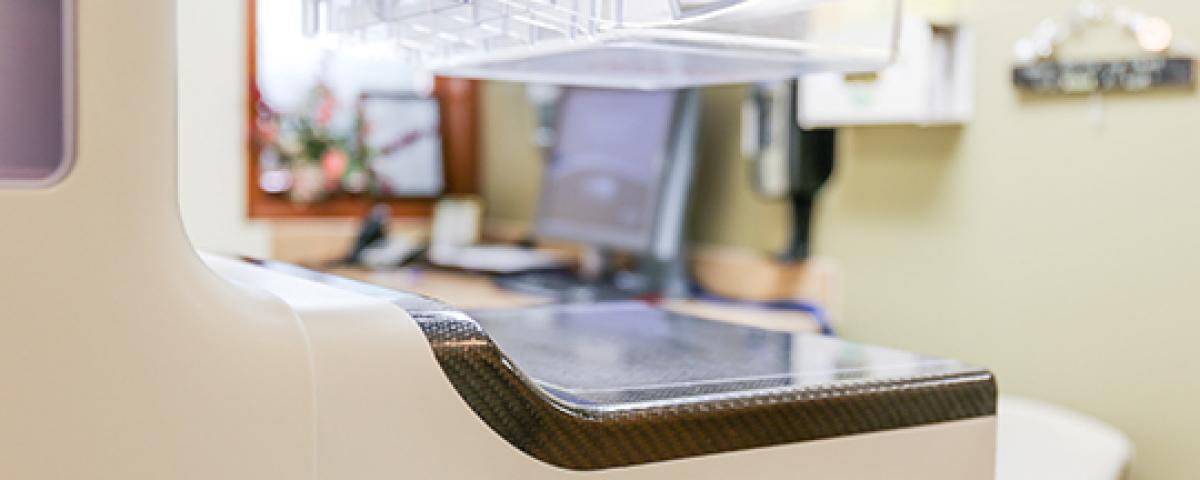
New 3-D mammography helps detect up to 40 percent more breast cancers
One her birthday last December, Marva Amerine got what she now calls “the best gift I could have received.” It was a diagnosis: invasive ductal carcinoma, the most common type of breast cancer. While it’s not a gift anyone would want, the 47-year-old LaSalle resident counts herself lucky to have caught her cancer early when it was easier to treat successfully.
Amerine has dense breasts, which can make cancer particularly difficult to spot. So, she underwent a 3-D mammogram, which creates a three-dimensional picture of the breast using X-rays to provide a clearer view than traditional 2-D mammography. And that’s a good thing, because Amerine’s particular cancer would not have been visible in 2-D, says Horacio Gutierrez, MD, a fellow-ship trained breast radiologist at Longmont United Hospital.
“3-D mammography has actually been shown to detect up to 40 percent more invasive breast cancers – the more aggressive kind – than 2-D mammography,’ he says. “In dense breasts, cancerous tissue can hide and look much like normal breast tissue on a mammogram. But 3-D mammography offers thin-slice views much like the pages in a book that keep it from hiding.”
The technology also decreases the likelihood of a callback for further testing. Gutierrez says. And it’s quickly becoming a preferred method for breast screening.
Because her cancer was caught so early, this gave Amerine more treatment options.
“The technology that they have worked, and I feel fortunate that they caught it,” she says.
Many health screenings, including mammograms, are paid for by insurance without a patient deductible or co-pay. However, some insurance plans are still in the process of updating their coverage. If you have any questions about coverage of your screening at Longmont United Hospital, please call one of our financial counselors at 303-485-4110.





